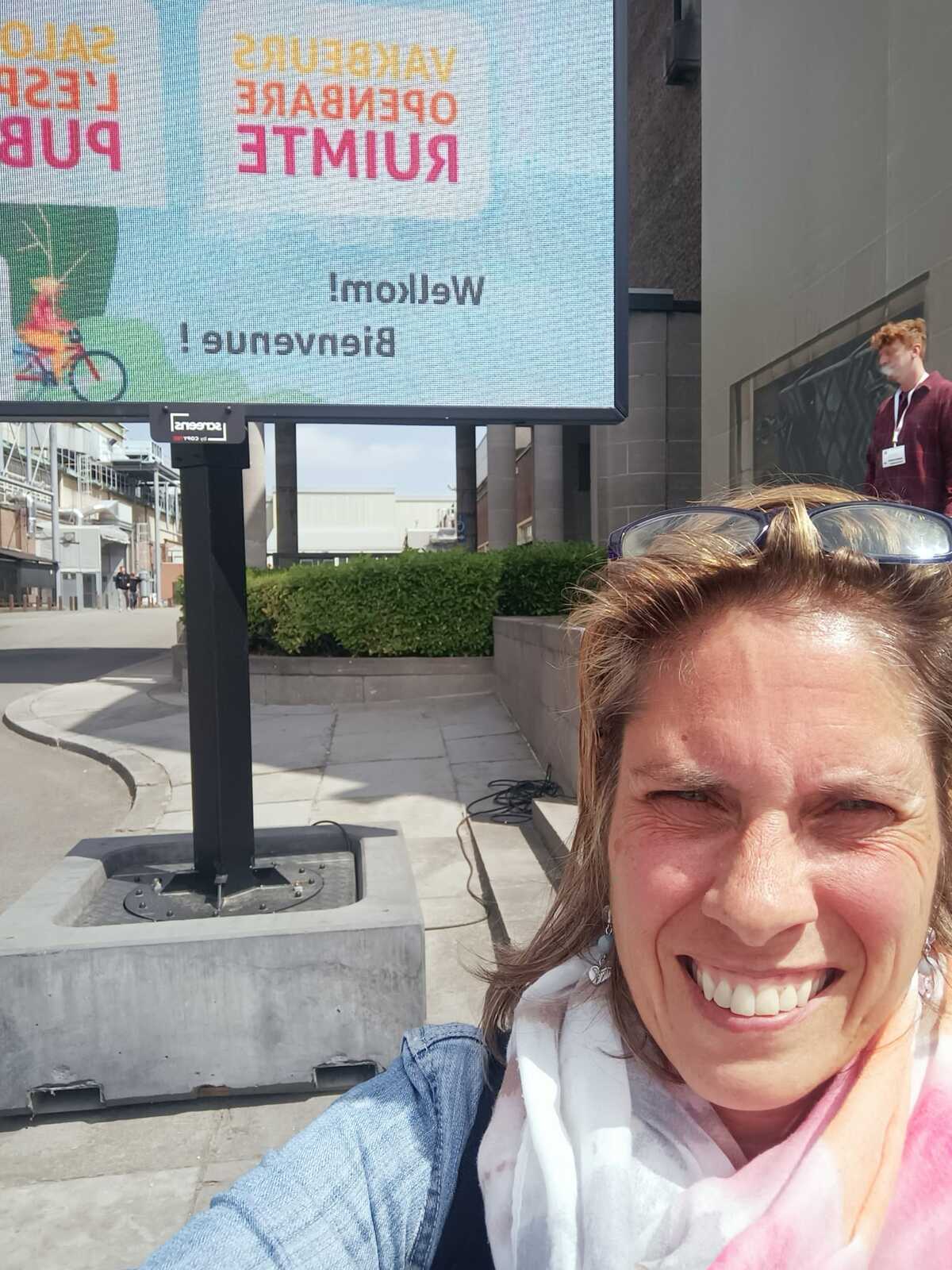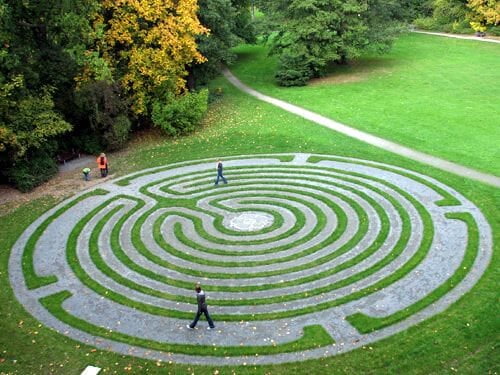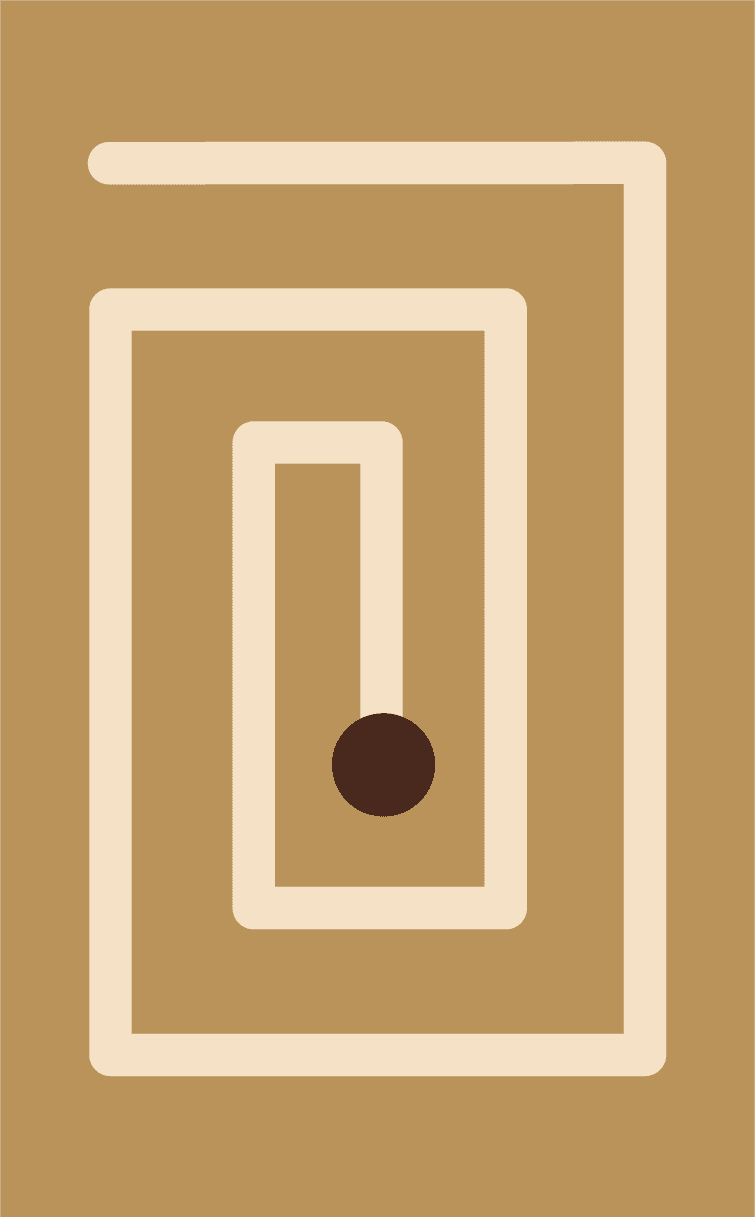
Visiting the Public Spaces Salon in Brussels
On May 7th, I attended the Public Spaces Salon in Brussels — a gathering of designers, landscape architects, and innovators exploring how we shape our shared environments. I was especially drawn to one particular talk: for the first time, a speaker was addressing the impact of public spaces on mental health.
As I listened, something deeply resonated. Throughout history, labyrinths have always held a place in the public realm — from cathedral floors to village greens. They were spaces for reflection, healing and community.
It’s time to bring them back into view. Labyrinths are more than design elements — they offer rich emotional, sensory and psychological experiences that nurture wellbeing in ways our cities urgently need today.
As I listened, something deeply resonated. Throughout history, labyrinths have always held a place in the public realm — from cathedral floors to village greens. They were spaces for reflection, healing and community.
It’s time to bring them back into view. Labyrinths are more than design elements — they offer rich emotional, sensory and psychological experiences that nurture wellbeing in ways our cities urgently need today.
Labyrinths are a solution within restorative cities.

🌿 A silence area in your city
Imagine on your way back from work: a quiet, beautiful path winding gently under your feet. You follow it, not in a rush, not to reach a goal — but simply to slow down, breathe,and reconnect. No screens, no traffic, no pressure. Just you, the earth, and your next step, leaving behind the stress of the day before entering your home and be with your family?
Imagine a city where the people have no stress, are feeling mentally well and connected to eachother?
That’s the power of a labyrinth.
In the heart of today’s cities — buzzing, overstimulated and often fragmented — people are longing for space to just be.
We don’t just need more benches or bike lanes.
We need meaningful public places that restore us.
That’s where public labyrinths come in.
🌿 A natural remedy for modern stress
Our minds are tired. Our nervous systems are constantly on alert. A public labyrinth offers something rare and needed:
a place to pause.
Based on the principles of restorative urban design (J. Roe & L McCay), labyrinths invite us to slow down, reflect, and recharge — right where we are. This refers to the model Restorative Cities for mental health and human flourishing.
🧭 A quiet way to connect
There’s something magical about walking a labyrinth next to a stranger, both silently following the same path. It creates a shared moment without words — a soft sense of togetherness. So needed in times of isolation, loss or burnout.
Cities should make room for that kind of places to connect.
🌱 A green touch, anywhere
Whether planted with flowers, carved into stone, or marked in soft grass — labyrinths bring nature, ritual and rhythm to even the most urban corners.
They’re beautiful, calming and surprisingly easy to maintain. And yes — they count as green mental health infrastructure, too!
Interested in a public labyrinth?
🔸 Do you want your city or town to support the mental wellbeing of its people?
🔸 Do you dream of public spaces that invite silence, reflection and healing?
🔸 Do you believe in urban design that touches hearts, not just hurries feet?
Then now is the moment.
💌 Let’s bring labyrinths into your parks, squares, cemeteries, schools or hospitals.
Let’s turn your public space into a space that gives back.
👉 I recorded a video where I explain the opportunities of labyrinths in public spaces. The video is in Dutch.

